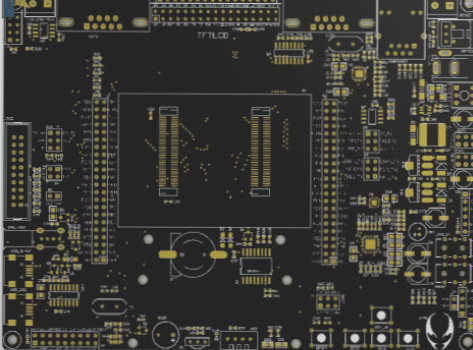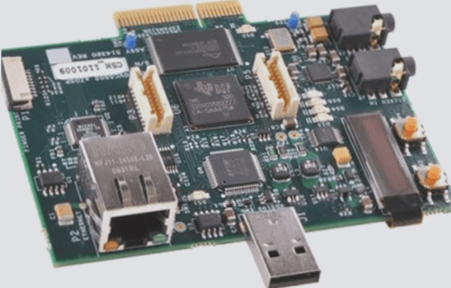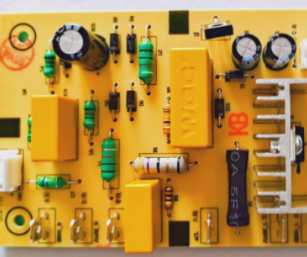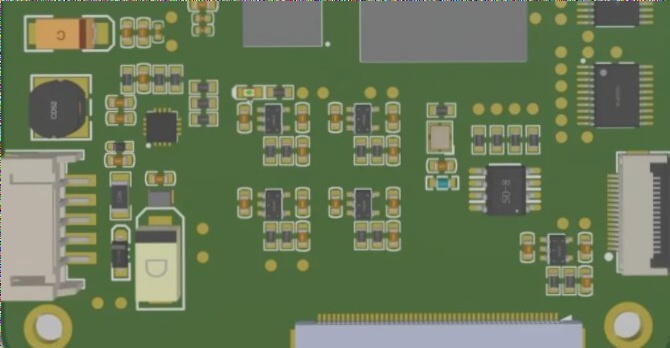Enhancing Lamination Quality of PCB Multilayer Boards
With the continuous advancements in electronic technology, PCB board technology has made significant progress, especially in the realm of multilayer PCBs. The demand for higher precision, density, and finer dimensions in PCB multilayers is on the rise.
I. Designing Inner Core PCBs for Optimal Lamination
- Choose core PCB thickness based on total requirements, ensuring uniformity and alignment.
- Maintain distance between core PCB shape dimensions and active elements for efficient space utilization.
- Design positioning holes to minimize misalignment between layers.
- Ensure inner core boards are free from shorts, opens, oxidation, and residual films.
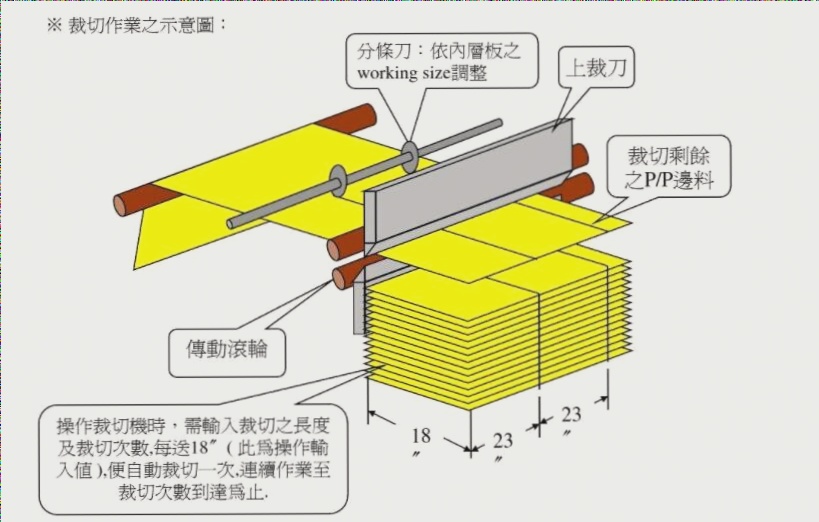
II. Selecting PP and CU Foil Configurations
Choosing suitable PP and CU foil configurations is crucial to meet customer requirements:
- Consider dielectric layer thickness, dielectric constant, impedance, and surface smoothness for PP selection.
- Recommended PP configurations for 4-layer laminations include 7628, 7630, or combinations like 7628+1080 and 7628+2116.
- CU foil configurations should comply with IPC standards for quality.
III. Processing Technology for Inner Core PCBs
Key steps in multilayer PCB lamination involve treatments like black oxidation and browning:
- Black oxidation enhances bonding strength between copper foil and resin.
- Browning improves resin wetting of copper foil and shields it from high-temperature effects.
- These processes enhance PCB resistance to acids and prevent pink ring formation.
The Importance of Treatment in Optimizing Multilayer PCB Performance
These treatments play a crucial role in enhancing the performance and durability of multilayer PCBs under various operational conditions.
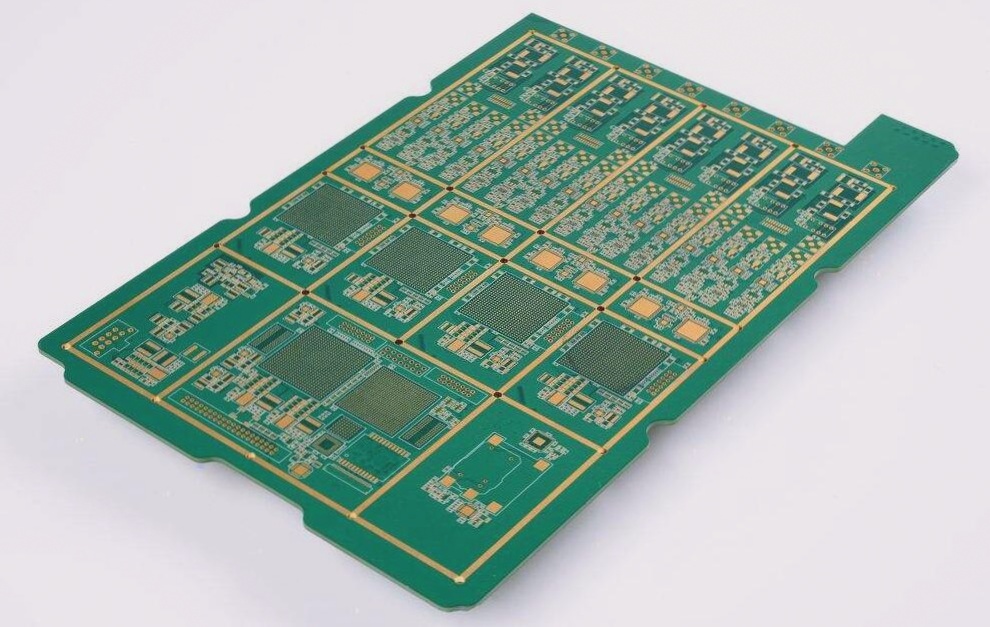
Organic Matching Control in Lamination Parameters
The control of organic matching of lamination parameters primarily involves “temperature, pressure, and time.”
Temperature Parameters
- Resin melting temperature
- Curing temperature
- Set temperature of the hot PCB
- Actual material temperature
- Rate of temperature increase
Effective control of heating rate is vital for optimal resin filling and wetting. The resin’s flowability peaks between 70°C to 140°C, with curing temperature around 160°C to 170°C. Heating rates between 2-4°C per minute are typically maintained, with variations based on PP types and quantities.
Pressure in Lamination
Pressure is critical for ensuring resin fills interlayer voids and expels gases. Pressure parameters usually range from 15-35 kg/cm², with variations based on the type of press used.
Time-Related Parameters
Precise timing of pressure application and transition is crucial for lamination quality. Applying pressure too early or too late can result in defects like laminate voids or thin spots.
Optimizing software parameters for laminate temperature, pressure, and time is essential for high-quality multilayer PCB lamination. Tailoring these parameters to specific PP combinations, suppliers, and models is key to achieving consistent results based on extensive experience and testing.

